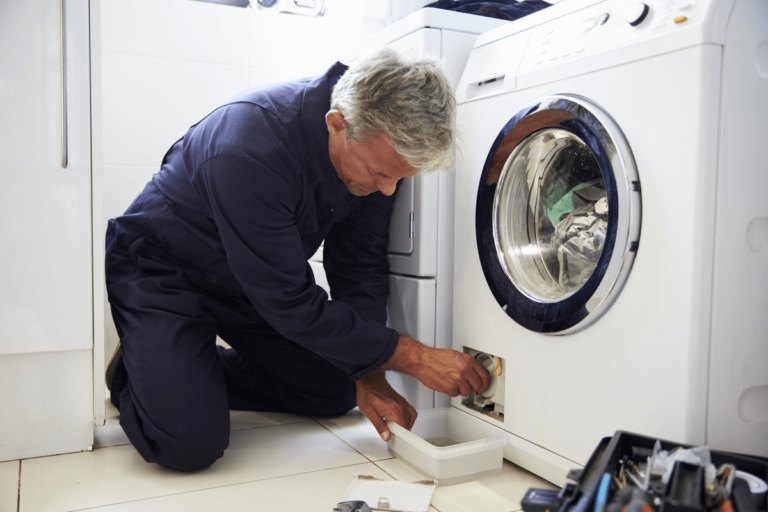
In the realm of household appliances, the washer and dryer stand as indispensable workhorses, tirelessly catering to our laundry needs. However, like any machinery, they require regular maintenance to ensure optimal functionality and durability. This comprehensive guide unveils the secrets to effective servicing, empowering you to extend the lifespan of your washer and dryer while maximizing efficiency.
Understanding the Importance of Servicing
Regular servicing of your washer and dryer not only prolongs their lifespan but also safeguards against costly repairs and energy inefficiency. Neglecting maintenance can lead to a myriad of issues, including clogged filters, worn-out belts, and reduced performance.
To avoid such pitfalls, implementing a proactive servicing regimen is paramount. By addressing minor issues promptly and conducting routine maintenance tasks, you can mitigate the risk of major breakdowns and prolong the life of your appliances.
The Servicing Process: A Step-by-Step Guide
Inspection and Cleaning
Before delving into the intricacies of servicing, it’s essential to conduct a thorough inspection of your washer and dryer. Begin by examining the exterior for any signs of wear or damage. Next, inspect the interior components, such as the drum, hoses, and lint trap, for debris or blockages.
Subheading: Conducting Visual Inspection
Regular visual inspections allow you to identify potential issues before they escalate, ensuring optimal performance and safety.
Common Servicing Tasks
Cleaning the Lint Trap
The lint trap serves as the first line of defense against lint accumulation within the dryer vent system. Over time, lint buildup can impede airflow, leading to reduced drying efficiency and posing a fire hazard.
Subheading: Importance of Lint Trap Maintenance
Regular cleaning of the lint trap prevents airflow restriction, reduces energy consumption, and minimizes the risk of fire hazards associated with lint buildup.
Frequently Asked Questions (FAQs)
- How often should I clean the lint trap?
- Cleaning the lint trap after every dryer cycle is recommended to maintain optimal performance and safety.
- Can I service my washer and dryer myself, or should I hire a professional?
- While some maintenance tasks can be performed by homeowners, complex repairs and servicing are best left to qualified professionals.
- What are the signs that my washer or dryer requires servicing?
- Common indicators include unusual noises, prolonged drying times, and visible wear or damage to components.
Conclusion
In conclusion, servicing your washer and dryer is essential for preserving their longevity and efficiency. By adhering to a proactive maintenance schedule and addressing issues promptly, you can ensure uninterrupted performance and minimize the risk of costly repairs. Invest in the upkeep of your appliances today to enjoy years of hassle-free laundry experience.

